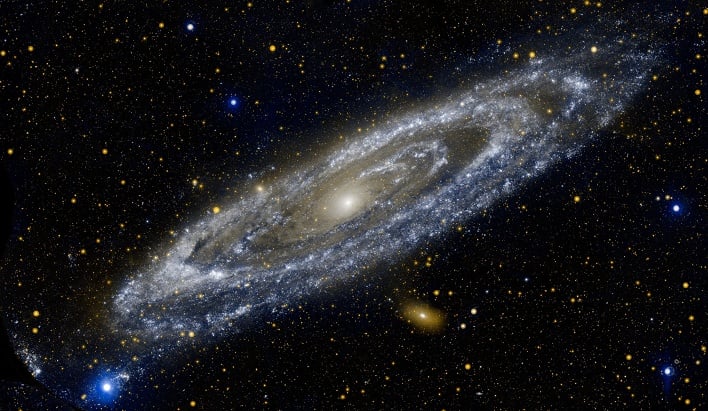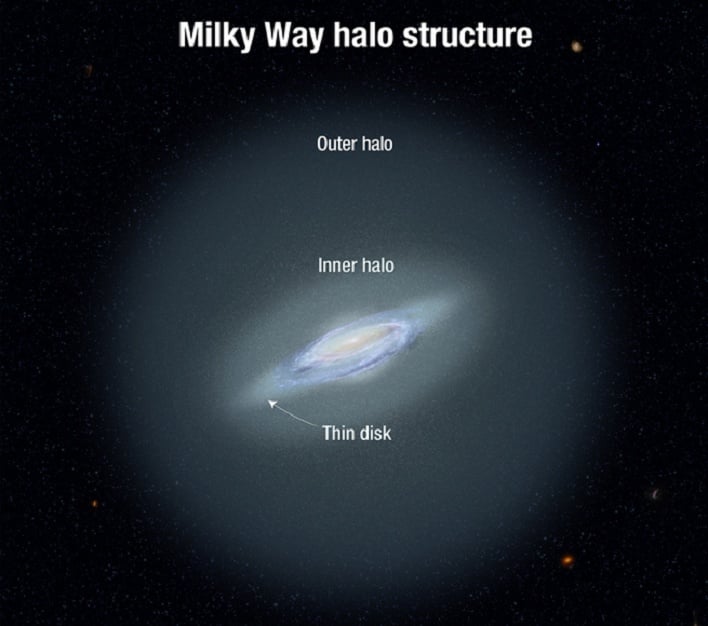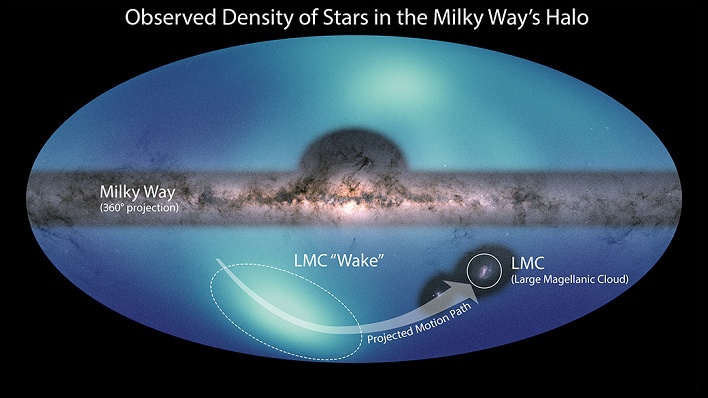A Discovery Of The Most Distant Stars Yet Reveals The Very Edge Of The Milky Way

The study utilized the characteristic pulsations and brightness of RR Lyrae stars, which make them "standard candles" for measuring galactic distances. New observations gave the researchers the ability to "trace the outer limits of the Milky Way's halo."

The stellar halo of the Milky Way is much larger than the disk, which is about 100,000 light-years across. Our solar system inhabits one of the spiral arms of the disk. A bulge is located in the middle of the disk, and surrounding it is the halo, which holds the oldest stars in the galaxy.
"The halo is the hardest part to study because the outer limits are so far away," explained GuhaThakurta. "The stars are very sparse compared to the high stellar densities of the disk and the bulge, but the halo is dominated by dark matter and actually contains most of the mass of the galaxy."
Previous models had calculated that the stellar halo extended out to around 300 kiloparsecs, or 1 million light years from the galactic center. However, the 208 RR Lyrae stars detected by the team at UC Santa Cruz ranged in distance from about 20 to 320 kiloparsecs.

Images of the Milky Way and the Large Magellanic Cloud (LMC) are overlaid on a map of the surrounding galactic halo. Credit: NASA/ESA/JPL
Feng added, "This robust sample of distant RR Lyrae stars gives us a very powerful tool for studying the halo and testing our current models of the size and mass of our galaxy."
Top Image Credit: NASA (Andromeda Galaxy)

